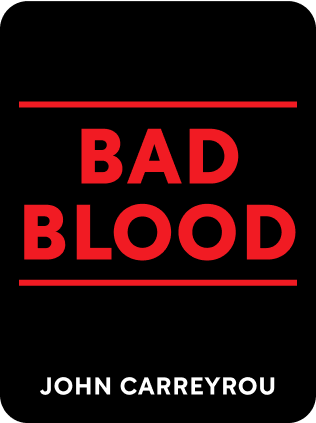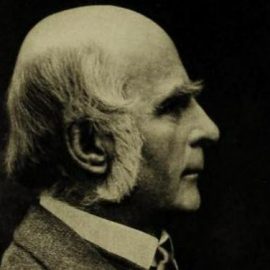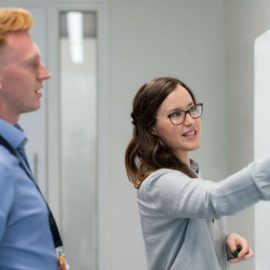

This article is an excerpt from the Shortform book guide to "Bad Blood" by John Carreyrou. Shortform has the world's best summaries and analyses of books you should be reading.
Like this article? Sign up for a free trial here .
Who were the Theranos investors? How did Theranos and Elizabeth Holmes use psychological biases to convince investors to hand over their money?
The Theranos investors included business powerhouses like Henry Kissinger and George Shultz. These people gave more legitimacy to the business, and psychological biases helped convince them that Elizabeth Holmes and Theranos were on their way to the top.
Read more about the Theranos investors and how Holmes was able to deceive them.
Theranos Investors: Applying Psychological Biases
Warren Buffett’s partner Charlie Munger has a list of 25 cognitive biases to be aware of in decisionmaking. As he says, when multiple biases are in play simultaneously, a “lollapalooza” happens leading to extremely distorted results. This is as true in Theranos as it is in cults.
Here’s a rundown of major biases that played into perpetuating Theranos’s fraud:
- Reward tendency – anyone who had a financial stake in Theranos clearly wanted it to succeed. This included its advisory board, investors, and employees.
- Liking tendency – Elizabeth Holmes was charismatic and seemed genuine. People wanted to follow her and execute her vision.
- Disliking tendency – Its supporters disliked incumbents like Quest Diagnostics and wanted to depose them.
- Influence from mere association – Holmes surrounded herself with powerful people, starting with Channing Robertson and going up to Rupert Murdoch and Henry Kissinger. Their prestige rubbed off on Theranos.
- Social proof tendency – Likewise, seeing other people support Theranos lowered the defenses of new supporters. How could so many people be wrong?
- Overoptimism tendency – Holmes and Theranos supporters were overoptimistic about the technology, underestimating the amount of work needed to execute their vision.
- Availability misweighting tendency – You use what little data you have available. For Theranos, little technical data was released, meaning supporters had to draw only on the positive press that Holmes carefully cultivated.
- Inconsistency avoidance tendency – Once people publicly voted for Theranos, it was hard to backpedal. If they were wrong, they’d look foolish.
- Deprival superreaction tendency – Investors and partners couldn’t imagine losing their entire investment if Theranos were fraudulent. So they avoided the painful truth and doubled down, hoping for the best.
- Stress influence tendency – Employees who had a crisis of conscience were threatened by Theranos’s legal team, preventing them from assessing the situation fully and choosing to adopt the less risky path of keeping quiet.
All these influences built on each other, preventing the fraud from unraveling for years, until the accumulation of fraud became too much. Even though they were skilled in their roles, the Theranos investors were still susceptible to their own psychological biases.

———End of Preview———
Like what you just read? Read the rest of the world's best book summary and analysis of John Carreyrou's "Bad Blood" at Shortform .
Here's what you'll find in our full Bad Blood summary :
- How a 19-year-old Stanford dropout created a fraudulent company that deceived savvy investors
- What Theranos claimed their proprietary technology could do
- How psychological biases could cause you to fall for such a deception






